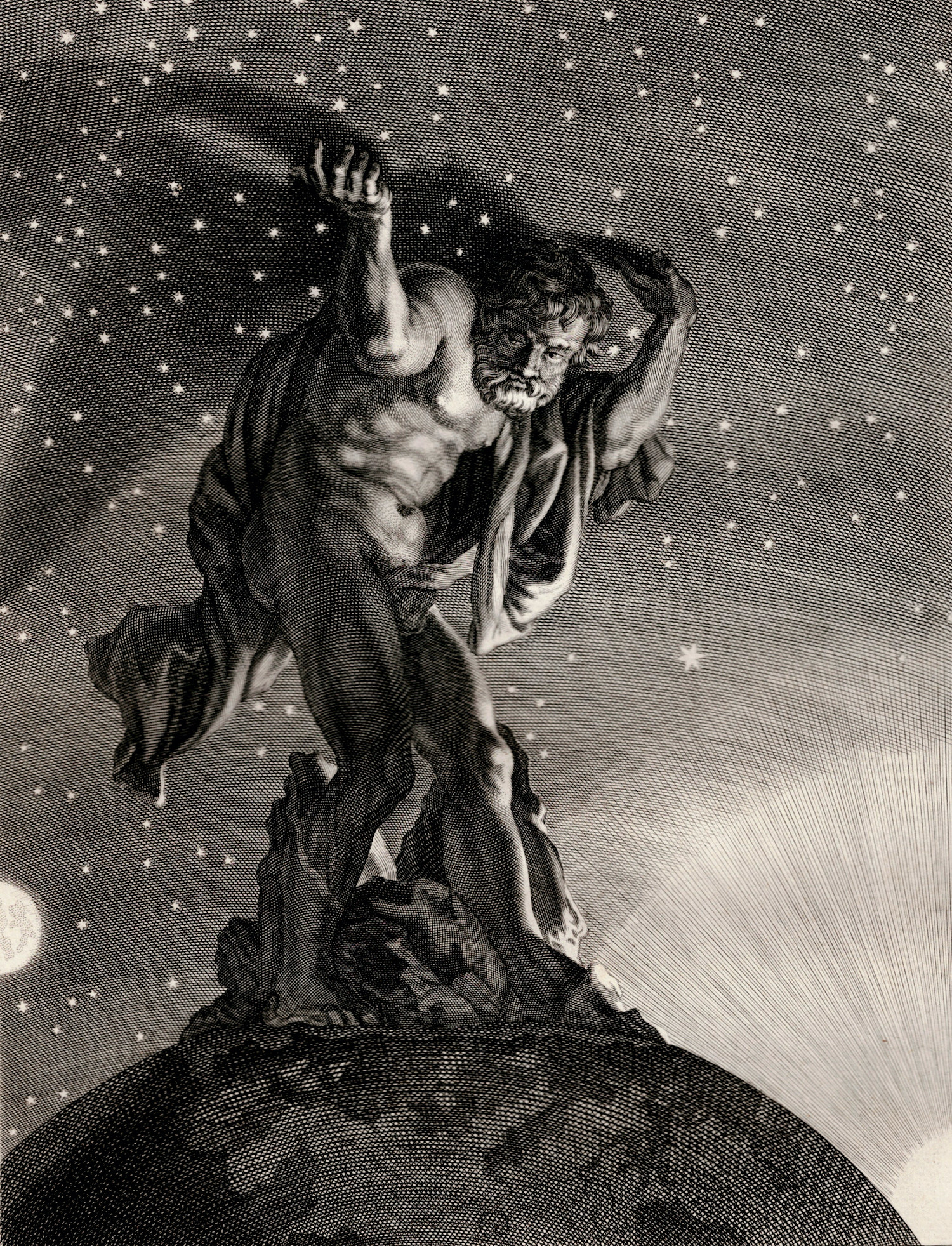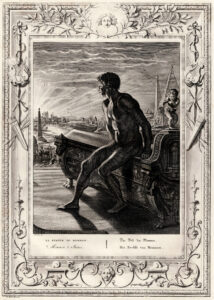
The Molyneux Collection
It is with great delight that we are showing this amazing private collection, one of the largest ever assembled in Australia.
With Parts 1 and 2 completed, we are preparing the next two instalments…so keep checking back!
The Molyneux Collection spans five centuries with artworks from the greatest artists through possibly the most time consuming and detailed mediums – Etching & Engraving. It is through theses processes that one can truly grasp the true skill of artists working together to produce masterpieces on paper.
To be offered over a large series of dedicated online auctions, the Molyneux Collection comprises close to 800 works with many of these now only found in international museums or galleries.
Imagine owning a piece created in the very era when renowned figures like Rembrandt van Rijn and Peter Paul Rubens used engravings or etchings to immortalize their masterpieces. The aristocracy often relied on these prints to preview monumental works, commissioning similarly grand pieces based on what they saw. By disseminating engravings and etchings, artists could ensure that their skills captured attention in royal courts and among wealthy elites eager to invest in beauty and prestige.

Engravings in the Molyneux Collection are not just remarkable for their beauty—they’re extraordinary testimonies to the dedication and skill of the artists and engravers who created them. Copper plates, the medium most often used for engraving, were incredibly soft and prone to wear after just a few prints. To maintain the sharpness and clarity of each image, these master craftsmen had to painstakingly rework their plates, refreshing every detail by hand. This labor-intensive process ensured that each print retained its brilliance, but it also meant that no two impressions were absolutely exactly alike.
Imagine the precision required as an artist revisited a plate over and over again—not simply recreating their original design but breathing new life into it with every refinement. This constant reworking added a special character to many engravings; subtle variations in shading or line work made each impression unique, amplifying its charm and collectibility today. It’s incredible to think these pieces represent both the original vision of the artist as well as their ongoing effort to preserve perfection across multiple prints.
Think of the amount of dedication it took for an engraver to carve every fine line, every shaded detail with tools as simple as burins, relying entirely on their skill and steady hand. The depth and texture they achieved through techniques like cross-hatching allowed them to play with light and shadow in ways that brought their designs to life. Whether it was a striking portrait or a fantastic mythological, these engravings were more than prints—they were windows into the cultural and intellectual world of their time.
Each engraving in the Molyneux Collection tells a story not just through its imagery but also through its creation. The ink-filled grooves pressed onto paper reveal the hands-on process that defined early printmaking—a tactile tradition that modern methods simply cannot replicate. To own one is to appreciate both the artistry behind its design and the innovation it represents during an era where mass communication was born through printed images.

The same can be found with the mezzotints in the Molyneux Collection. A printmaking technique that flourished in the 17th century, mezzotints involved creating highly detailed and richly toned images by manipulating the surface of a copper metal plate, using a tool called a rocker—a serrated steel blade designed to create thousands of tiny indentations across the plate. This labor-intensive stage ensures that if ink were applied at this point, the entire plate would produce deep blacks throughout the image.
Once the desired texture is achieved, the artist selectively smooths or burnishes areas of the plate using scrapers and burnishers to control how much ink those sections will hold. Smooth areas hold little or no ink and will appear lighter when printed, while untouched rough areas yield darker tones. By carefully varying degrees of smoothing and retaining roughened portions, mezzotint artists could achieve subtle gradients and dramatic contrasts, which made it an ideal medium for reproducing paintings or creating atmospheric portraits.
Additionally, mezzotint plates themselves were fragile and wore down quickly during repeated use. Copper is a soft metal, and the finely textured surface created by rocking could be damaged or flattened over time with each press run. As a result, the quality of prints would diminish after just a few impressions, leading artists and publishers to limit their editions rather than risk producing inferior works. This scarcity contributed to the rarity of surviving mezzotints today.
These engravings and etchings are not just beautiful—they’re historically significant treasures waiting to find new homes. Whether you’re an avid collector or someone looking for an exceptional piece to display, The Moleyneux Collection offers you the opportunity to own something truly unique: artwork crafted over five centuries ago by masters whose talents endure today. Don’t miss your chance to bring history into your collection!
